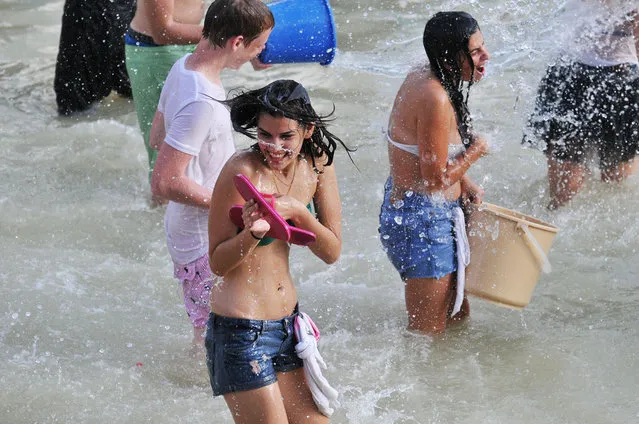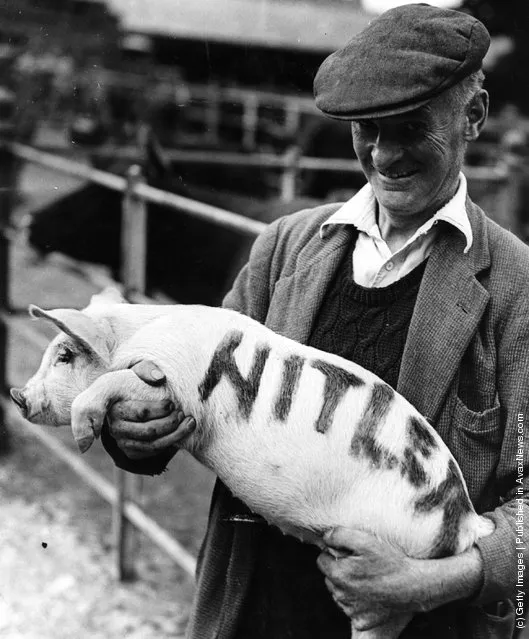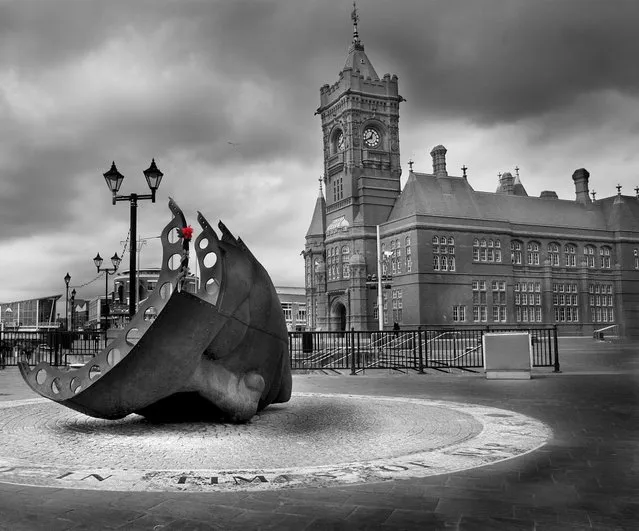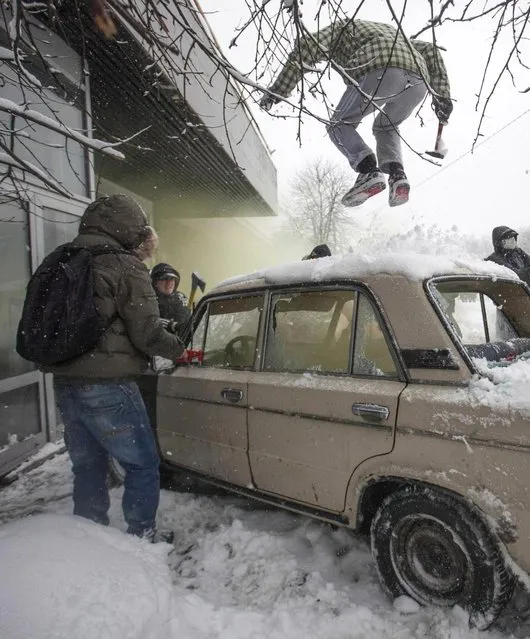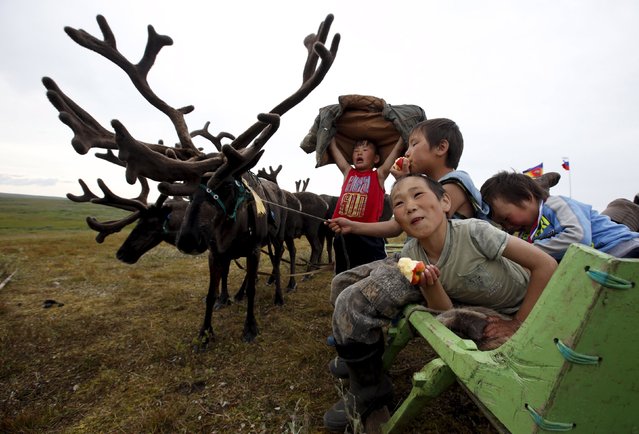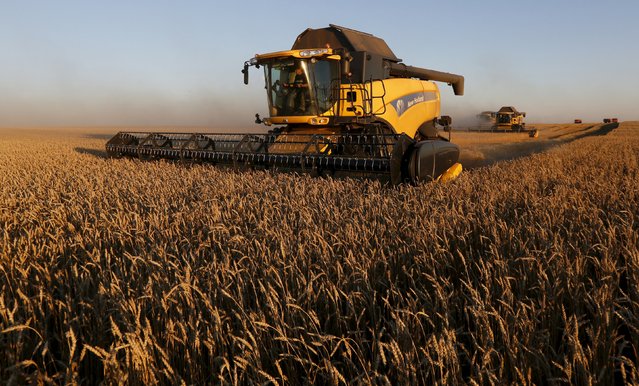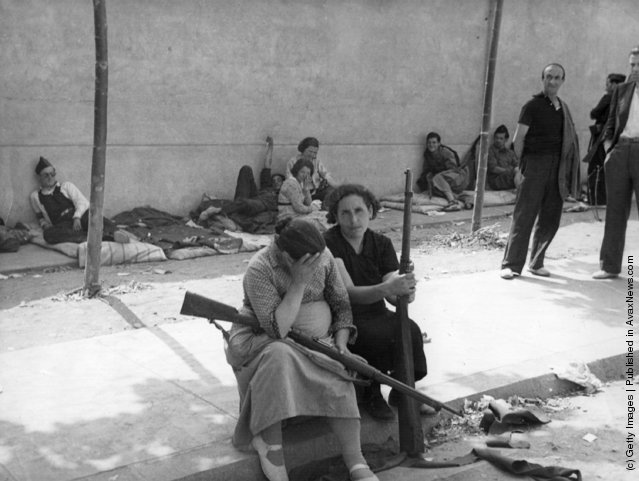
“The Spanish Civil War (The Crusade among Nationalists, Fourth Carlist War among Carlists, The Rebellion or Uprising among Republicans) was a major conflict fought in Spain from 17 July 1936 to 1 April 1939. An estimated total of 500,000 people lost their lives as a consequence of the War”. – Wikipedia
Photo: Women were among the Republican combatants during the Spanish Civil War. (Photo by Fox Photos/Getty Images). 1936
Photo: Women were among the Republican combatants during the Spanish Civil War. (Photo by Fox Photos/Getty Images). 1936
14 May 2011 13:53:00,post received
0 comments

